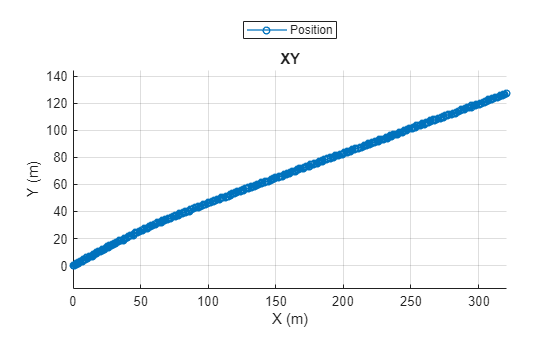trajectory
Syntax
Description
gpsTrajectory = trajectory(gpsData)gpsTrajectory, from the input GPSData object
gpsData.
gpsTrajectory = trajectory(gpsData,Timestamps=timestamps)timestamps of the
input GPS data.
gpsTrajectory = trajectory(gpsData,RowIndices=rowIndices)rowIndices of the
input GPS data.
gpsTrajectory = trajectory(___,Name=Value)TimeOrigin=2 subtracts
2 seconds from the timestamps in the specified GPS data when creating the trajectory.
Note
This function requires the Scenario Builder for Automated Driving Toolbox™ support package. You can install the Scenario Builder for Automated Driving Toolbox support package from the Add-On Explorer. For more information about installing add-ons, see Get and Manage Add-Ons.
Examples
Input Arguments
Name-Value Arguments
Output Arguments
Version History
Introduced in R2024b
See Also
GPSData | Trajectory | CameraData | LidarData | recordedSensorData
